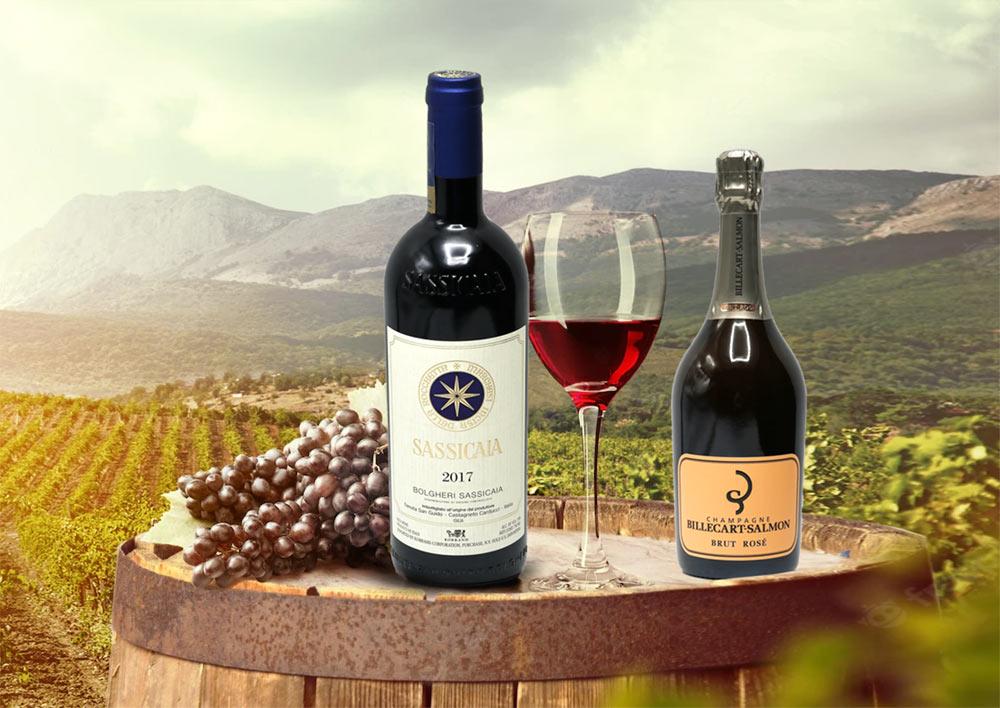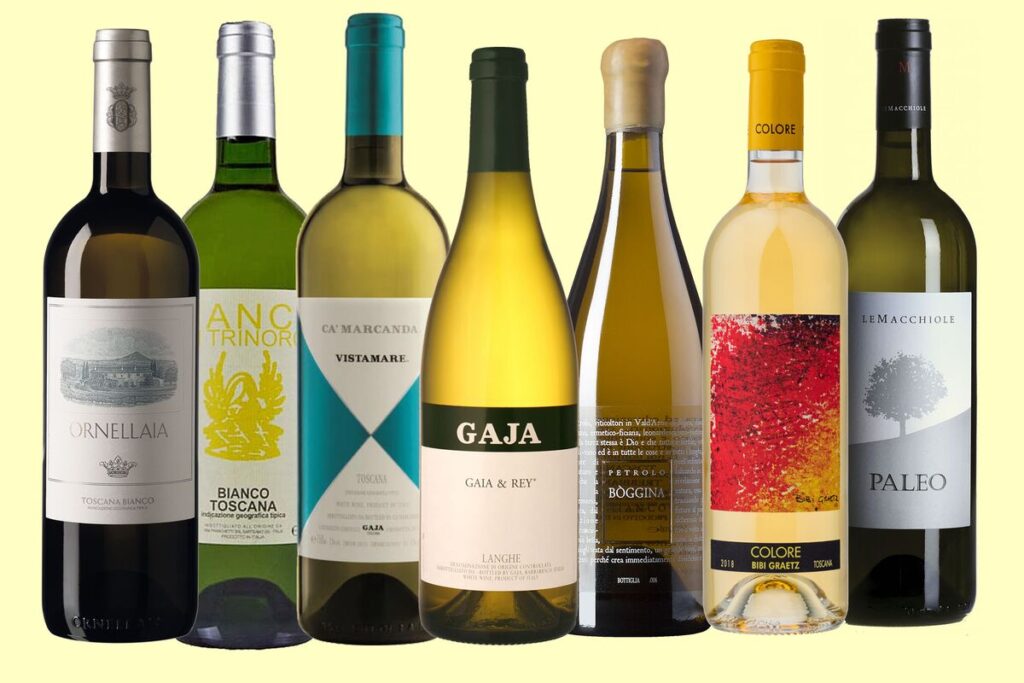Wine has always been a cornerstone of European culture, with France and Italy standing out as the most celebrated producers. For beginners, understanding the nuances of French and Italian wines can be both exciting and overwhelming. This guide aims to demystify these wines, providing key insights and tips to help you appreciate and enjoy them.
Introduction to European Wines
Why Explore French and Italian Wines?
France and Italy are renowned for their rich history and diverse wine regions. They offer a wide variety of styles, from robust reds to delicate whites. Exploring these wines allows you to experience the heritage and craftsmanship that go into every bottle. Moreover, European wines are known for their quality and complexity, making them a favorite among wine enthusiasts worldwide.
The Basics of Wine Tasting
Before diving into specific wines, it’s essential to understand the basics of wine tasting. Key aspects include appearance, aroma, taste, and finish. Observing the color, swirling the wine to release its aromas, and taking small sips to appreciate the flavors are fundamental steps in wine tasting. Each wine tells a story through its characteristics, reflecting its origin, grape variety, and production methods.
French Wines
Overview of French Wine Regions
France boasts several famous wine regions, each known for specific types of wine. The main regions include Bordeaux, Burgundy, Champagne, the Loire Valley, and the Rhône Valley.
Bordeaux
Bordeaux is synonymous with high-quality red wines, predominantly made from Cabernet Sauvignon and Merlot grapes. The region’s unique terroir, a combination of climate, soil, and topography, contributes to the distinctive character of Bordeaux wines.
Burgundy
Burgundy, or Bourgogne, is renowned for its exceptional Pinot Noir and Chardonnay. The region is divided into several sub-regions, including Côte de Nuits and Côte de Beaune, each producing wines with distinct flavors and aromas.
Champagne
Champagne is celebrated for its sparkling wines. Produced using the traditional method, Champagne undergoes a second fermentation in the bottle, resulting in its characteristic bubbles and complex flavors.
Loire Valley
The Loire Valley offers a diverse range of wines, from crisp whites to elegant reds. Notable varieties include Sauvignon Blanc from Sancerre and Chenin Blanc from Vouvray.
Rhône Valley
The Rhône Valley is divided into the Northern and Southern Rhône. The Northern Rhône is famous for its Syrah, while the Southern Rhône produces blends dominated by Grenache, Syrah, and Mourvèdre.
Key French Wines to Try
For beginners, starting with some classic French wines can provide a good introduction to the region’s offerings.
Bordeaux Blend
A Bordeaux blend, typically composed of Cabernet Sauvignon, Merlot, and other Bordeaux varieties, offers rich flavors of dark fruit, tobacco, and spice.
Chablis
Chablis, a Chardonnay from the Burgundy region, is known for its crisp acidity and minerality. It pairs wonderfully with seafood and light dishes.
Champagne Brut
A Brut Champagne, with its dry profile and fine bubbles, is perfect for celebrations. It exhibits flavors of green apple, citrus, and brioche.

Italian Wines
Overview of Italian Wine Regions
Italy is home to numerous wine regions, each with its unique grape varieties and styles. The most notable regions include Tuscany, Piedmont, Veneto, and Sicily.
Tuscany
Tuscany is famed for its Sangiovese-based wines, including Chianti, Brunello di Montalcino, and Vino Nobile di Montepulciano. The region’s rolling hills and warm climate create ideal conditions for grape growing.
Piedmont
Piedmont, or Piemonte, is known for its powerful reds, such as Barolo and Barbaresco, made from the Nebbiolo grape. The region also produces excellent Barbera and Dolcetto wines.
Veneto
Veneto is the birthplace of Prosecco, a popular sparkling wine. It also produces Valpolicella, a red wine made from Corvina, Rondinella, and Molinara grapes.
Sicily
Sicily, with its Mediterranean climate, produces a variety of wines, including Nero d’Avola, a robust red, and Marsala, a fortified wine.
Key Italian Wines to Try
Sampling a few iconic Italian wines can provide a broad understanding of the country’s wine landscape.
Chianti Classico
Chianti Classico, with its bright acidity and flavors of cherry, plum, and herbs, is a classic Tuscan wine. It pairs well with pasta and tomato-based dishes.
Barolo
Barolo, often referred to as the “King of Wines,” is a powerful and complex red from Piedmont. It offers notes of tar, roses, and red berries, with a long aging potential.
Prosecco
Prosecco, a light and refreshing sparkling wine from Veneto, is perfect for casual sipping. It exhibits flavors of green apple, pear, and citrus.

Comparing French and Italian Wines
Differences in Wine Styles
French and Italian wines differ significantly in style due to variations in climate, grape varieties, and winemaking traditions. French wines often emphasize elegance and terroir expression, while Italian wines are known for their bold flavors and food-friendliness.
Food Pairing Tips
Both French and Italian wines pair beautifully with a range of dishes. French wines like Bordeaux and Burgundy complement rich meats and cheeses, while Italian wines like Chianti and Barolo are ideal with pasta, pizza, and hearty stews. Experimenting with different pairings can enhance your dining experience.
How to Select and Store Wine
Tips for Buying Wine
When selecting wine, consider the occasion, your personal preferences, and the food you plan to pair it with. Reading reviews and seeking recommendations from trusted sources can also be helpful.
Proper Wine Storage
Proper storage is crucial to maintaining the quality of your wine. Store bottles in a cool, dark place with consistent temperature and humidity. Keeping wine on its side ensures the cork remains moist, preventing air from entering the bottle.
Conclusion
Exploring French and Italian wines opens up a world of flavors and experiences. By understanding the regions, grape varieties, and key characteristics, you can appreciate the artistry and tradition behind each bottle. Whether you are a beginner or a seasoned enthusiast, there is always something new to discover in the world of European wines. Cheers to your wine journey!
More to read: Hampers for Men Unique Gift Ideas for Him
